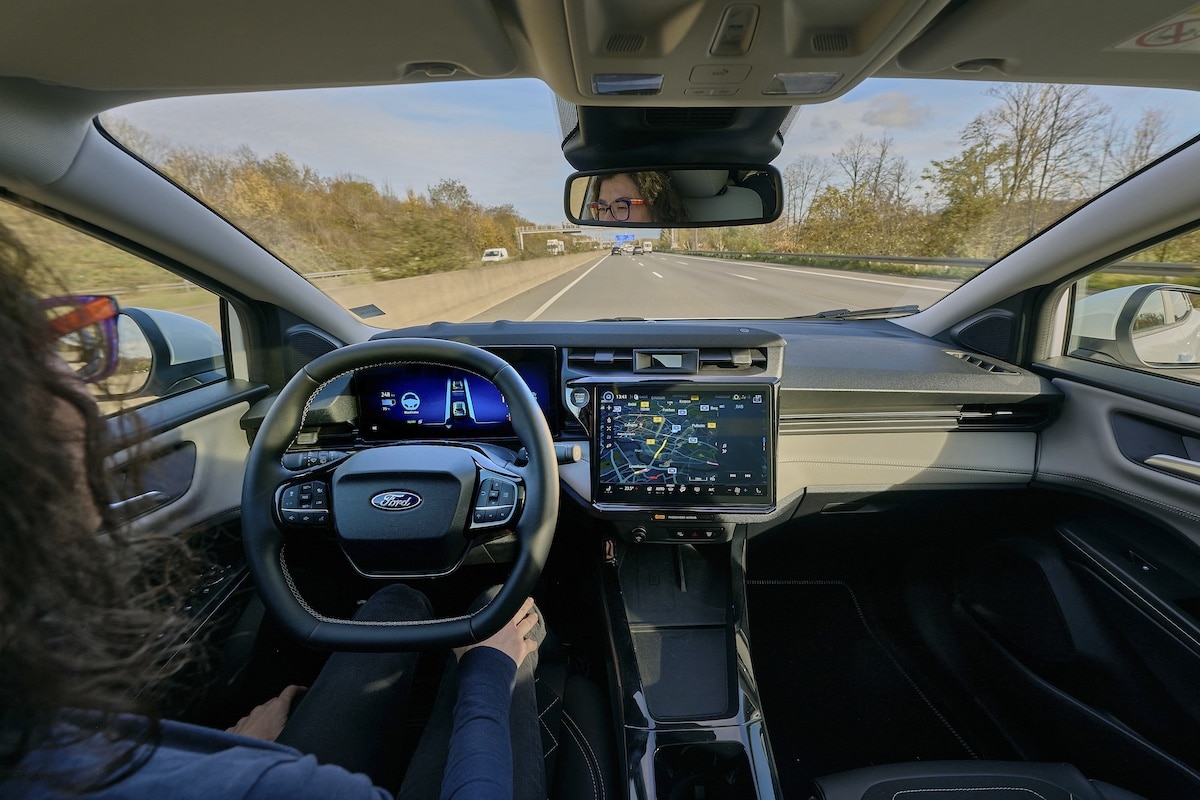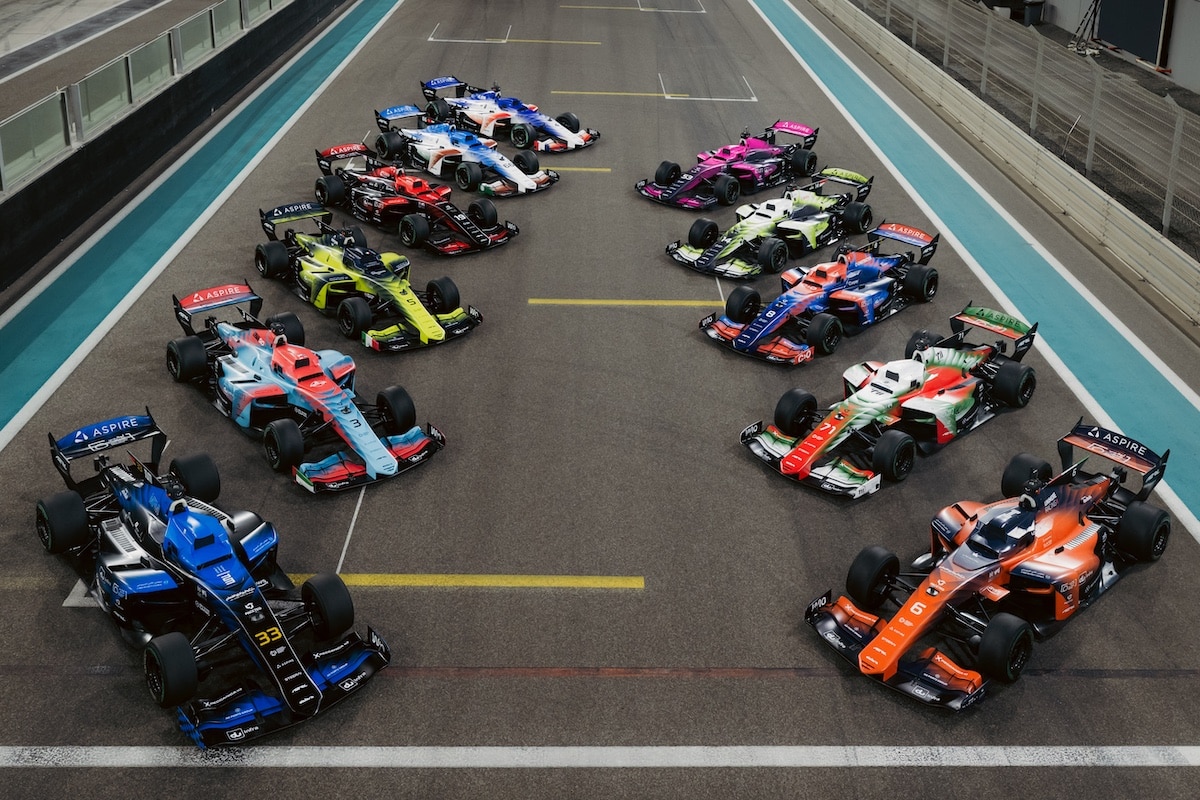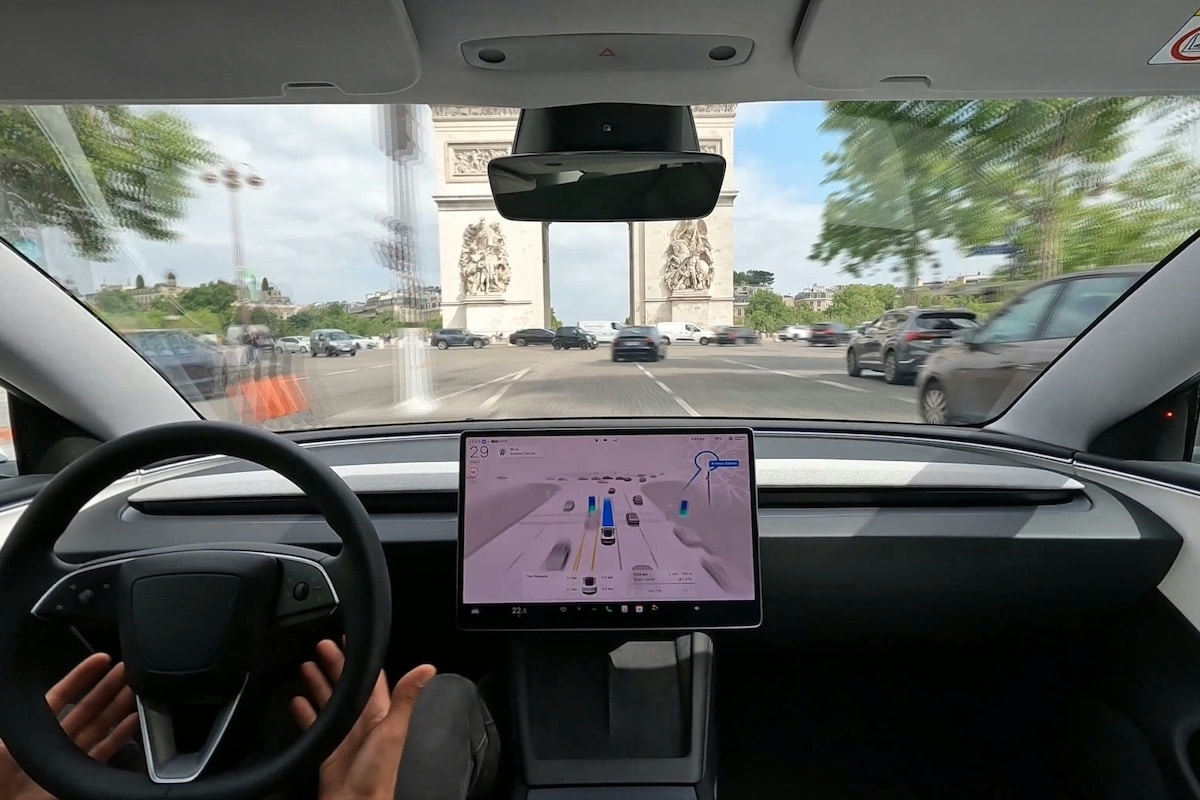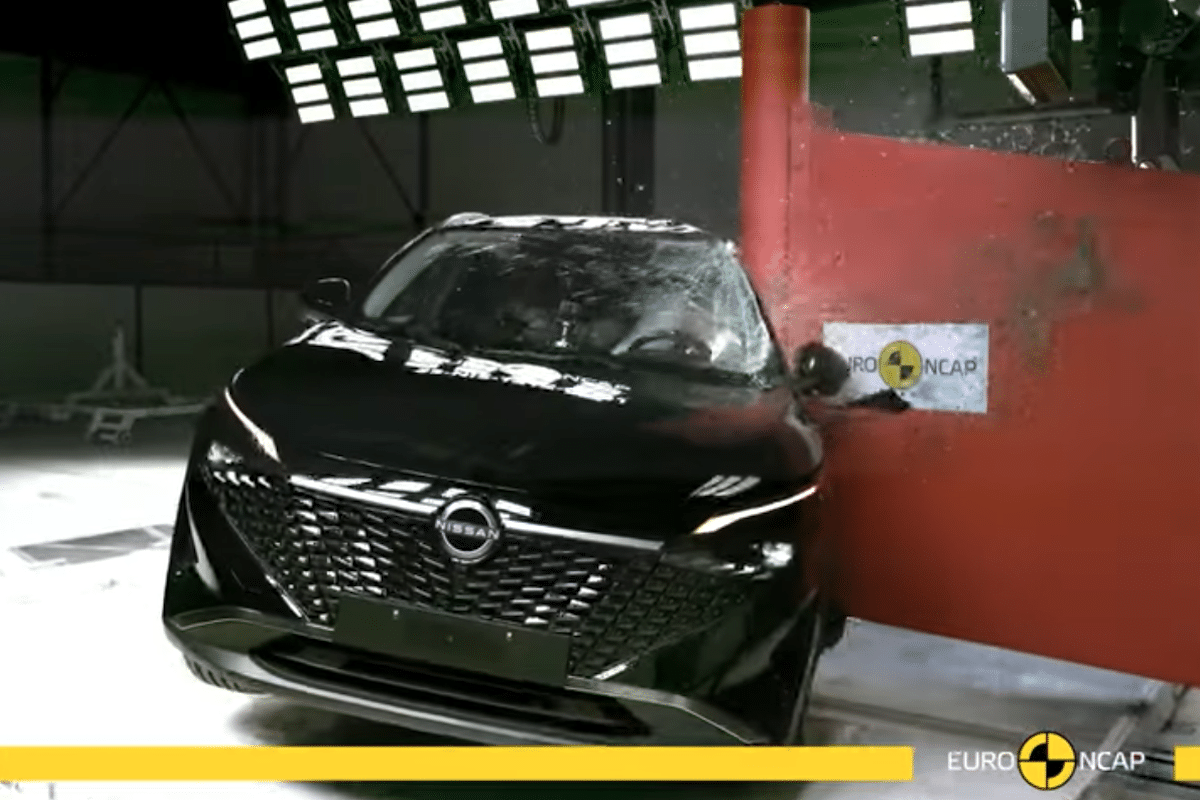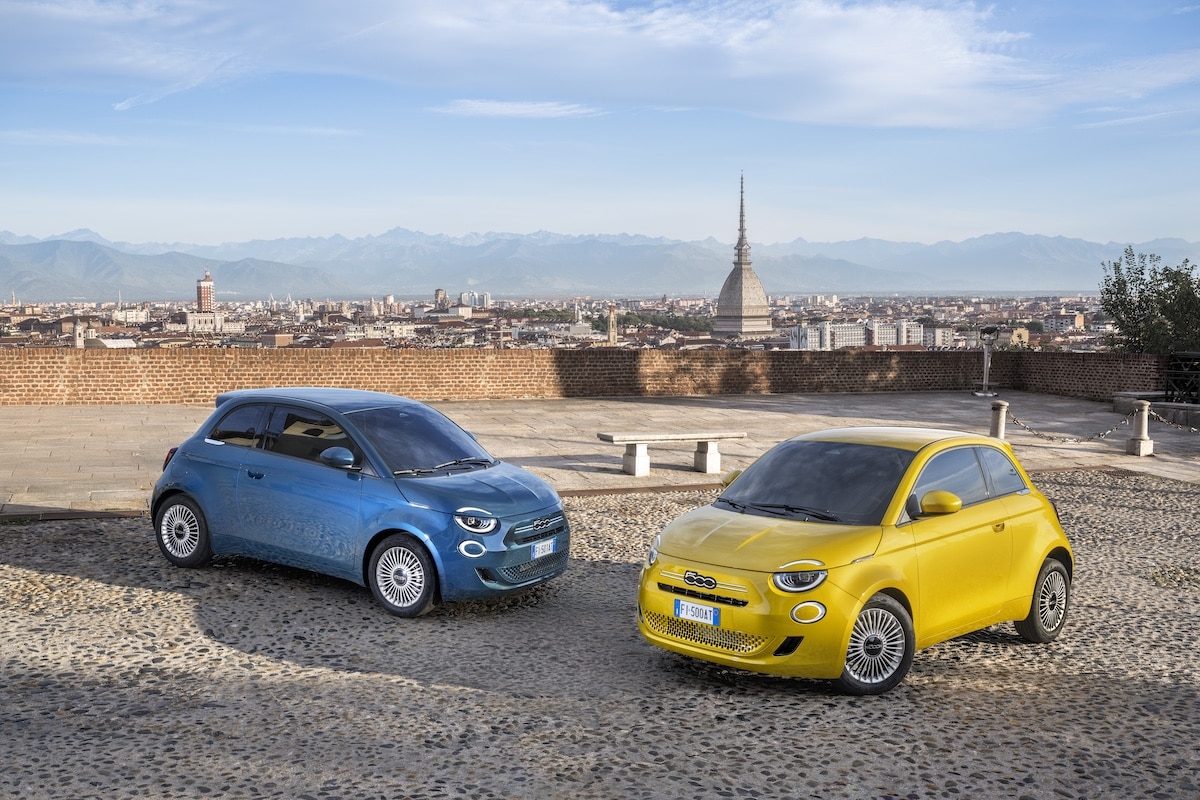What do taxi and rideshare drivers have to lose with the emergence of Robotaxis?
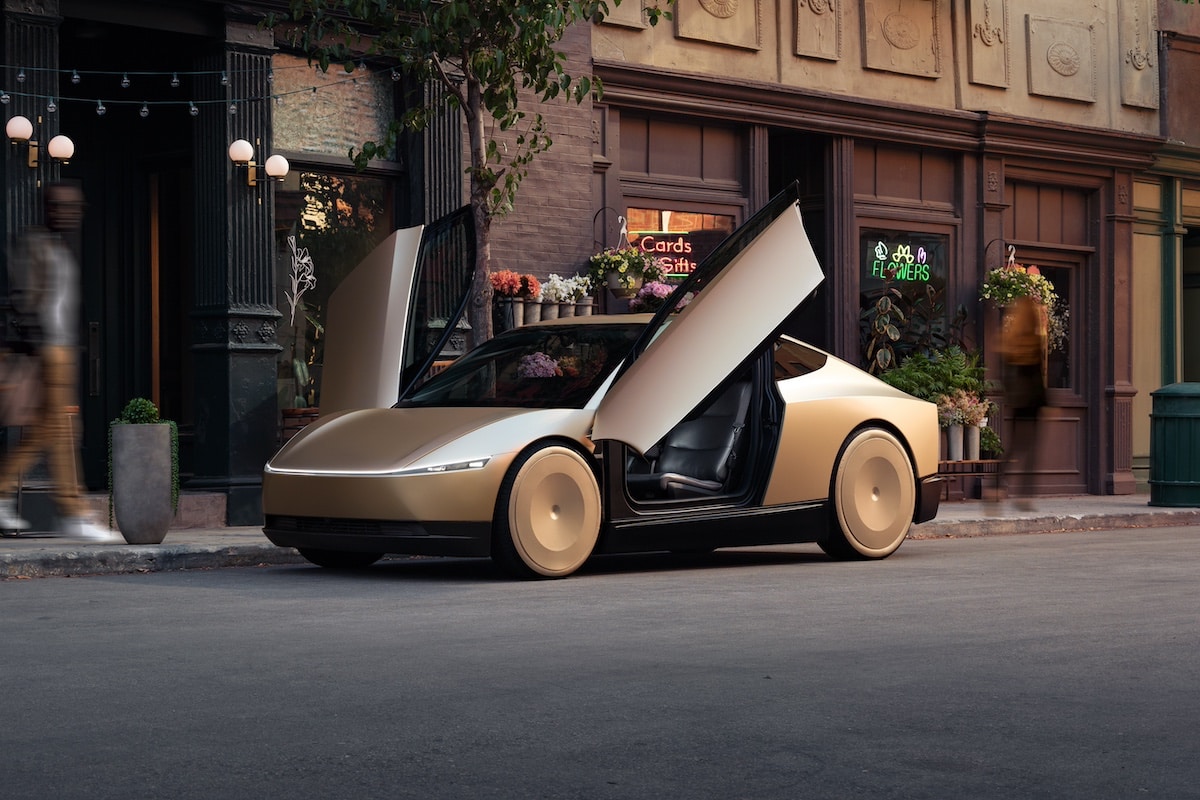
Responding “All” would be a bit hasty, but the reality is quite close. The era of Robotaxis has begun.
The arrival of Robotaxis, backed by Tesla, Waymo, Cruise, and soon a multitude of Chinese and European players, fundamentally disrupts the economic model of urban transport. The example of New York, where the iconic yellow taxi is threatened by Tesla’s future Robotaxi service, is just a glimpse of a shock that could affect all major metropolitan areas worldwide.
The first variable is obvious: cost. A traditional taxi or rideshare relies on the remuneration of a driver, on often expensive licenses (several thousand euros), and on significant expenses (insurance, maintenance, fuel). The Robotaxi completely removes the driver’s salary and drastically reduces operating costs.
As a result, rides are cheaper for users. In some American cities where testing is advanced, Robotaxis are already presenting lower fares than Uber or Lyft, which themselves are more competitive than traditional taxis. This differential is likely to become insurmountable for traditional operators.
Taxis have always played the card of continuous service. But a human driver must sleep, eat, and take breaks. A Robotaxi, on the other hand, only needs a quick recharge to get going again. Its nearly permanent availability promises to reduce wait times, even during off-peak hours or in less frequented areas.
In megacities like São Paulo, Paris, London, Shanghai, or Dubai, where demand fluctuates significantly by hour and neighborhood, a fleet of autonomous vehicles could smooth out supply and make traditional taxis even less competitive.
Safer and more predictable rides?
The next point should be taken with a great deal of caution as we lack real data. Recent statistics tend to show that advanced autonomous driving systems make significantly fewer errors than humans. Tesla, for example, claims that its Full Self-Driving mode is ten times less accident-prone than an average driver.
As technology progresses, the risk of accidents decreases, and insurers might lower their premiums for these vehicles, further widening the profitability gap. For customers, the prospect of a regular ride, without driver distractions or fatigue, enhances the appeal of the service.
Robotaxis do not just transport; they offer a personalized environment. Temperature, music, onboard videos, integrated apps… everything can be adjusted via an app. While traditional taxis sometimes struggle to modernize their offerings, Robotaxis focus on digital comfort, continuity of service (retrieving settings from one ride to the next), and payment simplicity.
Many cities are now imposing zero-emission fleets by 2030. London, Beijing, New Delhi, Los Angeles, and Paris are increasing fiscal and regulatory incentives. However, Robotaxis will inherently be electric, while many traditional taxis still run on diesel or gasoline.
This regulatory shift could hasten the exit of thousands of thermal vehicles from the market that are no longer worth converting.
If Robotaxis attract users, they risk causing a social earthquake because millions of taxi and rideshare drivers worldwide rely on this activity for their livelihood. In emerging countries, where on-demand transport serves as a social elevator, the loss of income could fuel tensions and protests. We can expect a phase of resistance: strikes, political actions, quotas imposed on Robotaxis, or even temporary local bans. But one thing is certain, nothing will be able to halt the momentum that has begun, and Robotaxis are already a reality.
ALSO READ: Tesla’s little risqué joke
This page is translated from the original post "Qu’ont à perdre les taxis et VTC avec l’émergence des Robotaxis ?" in French.
We also suggestthese articles:
Also read
